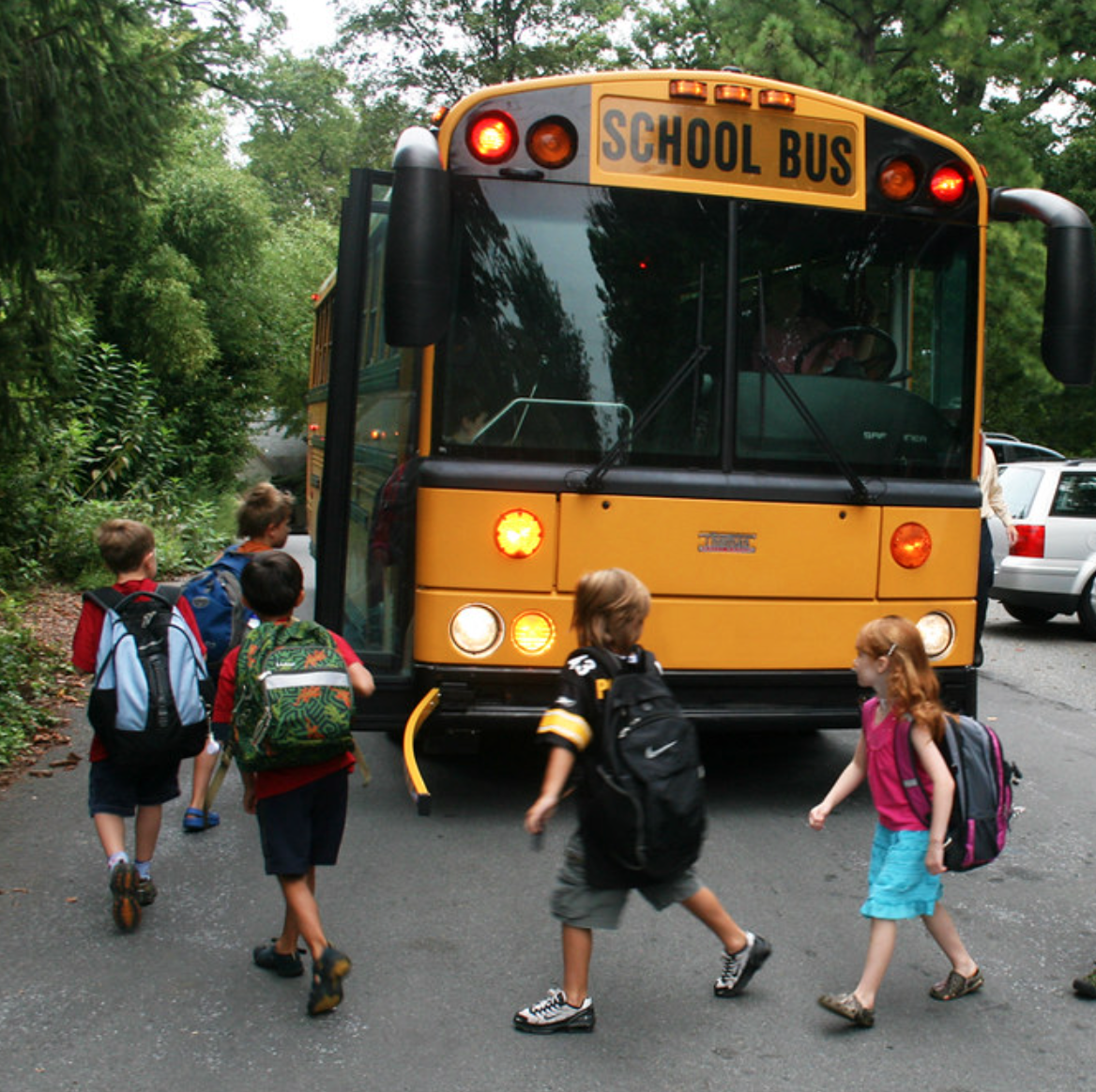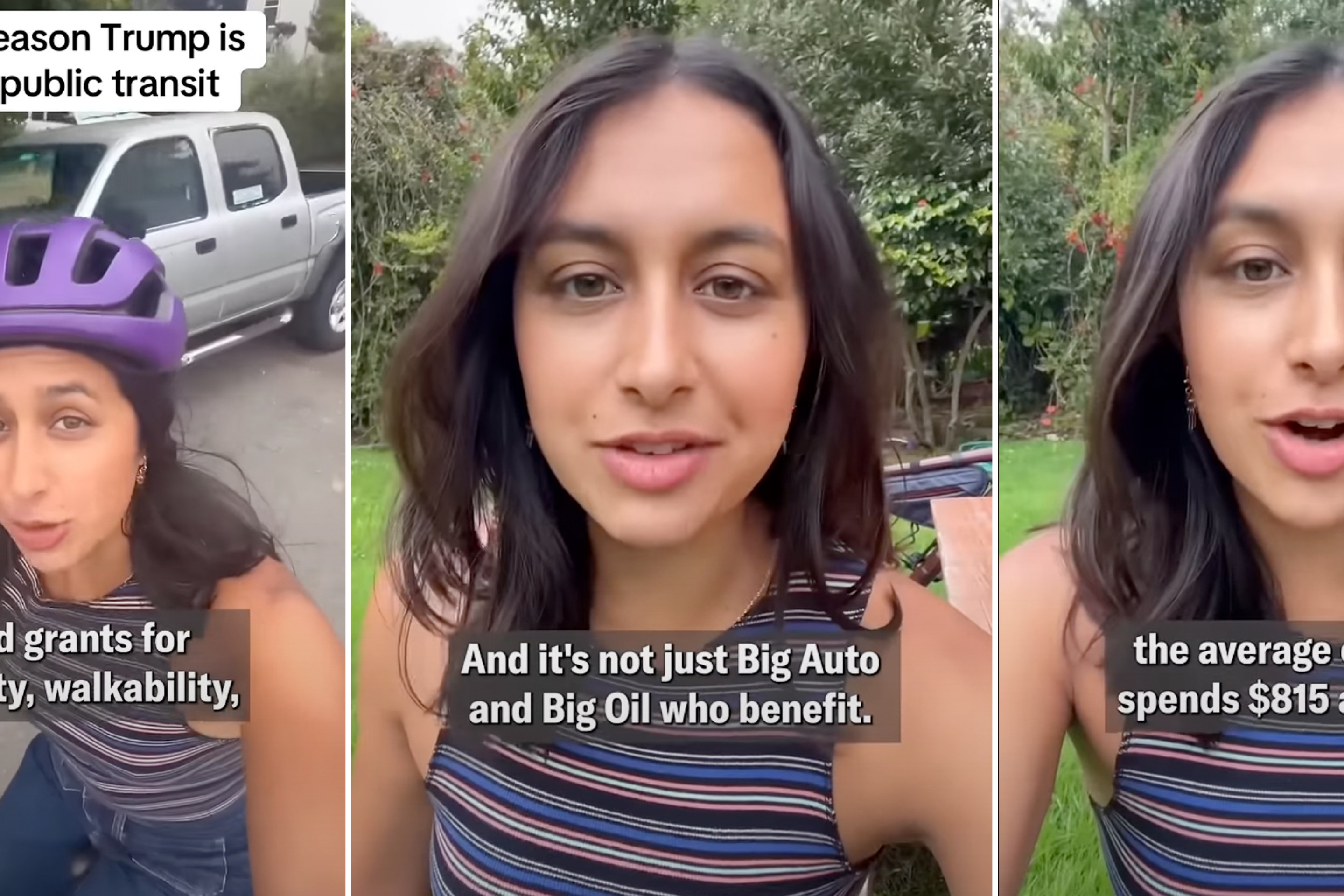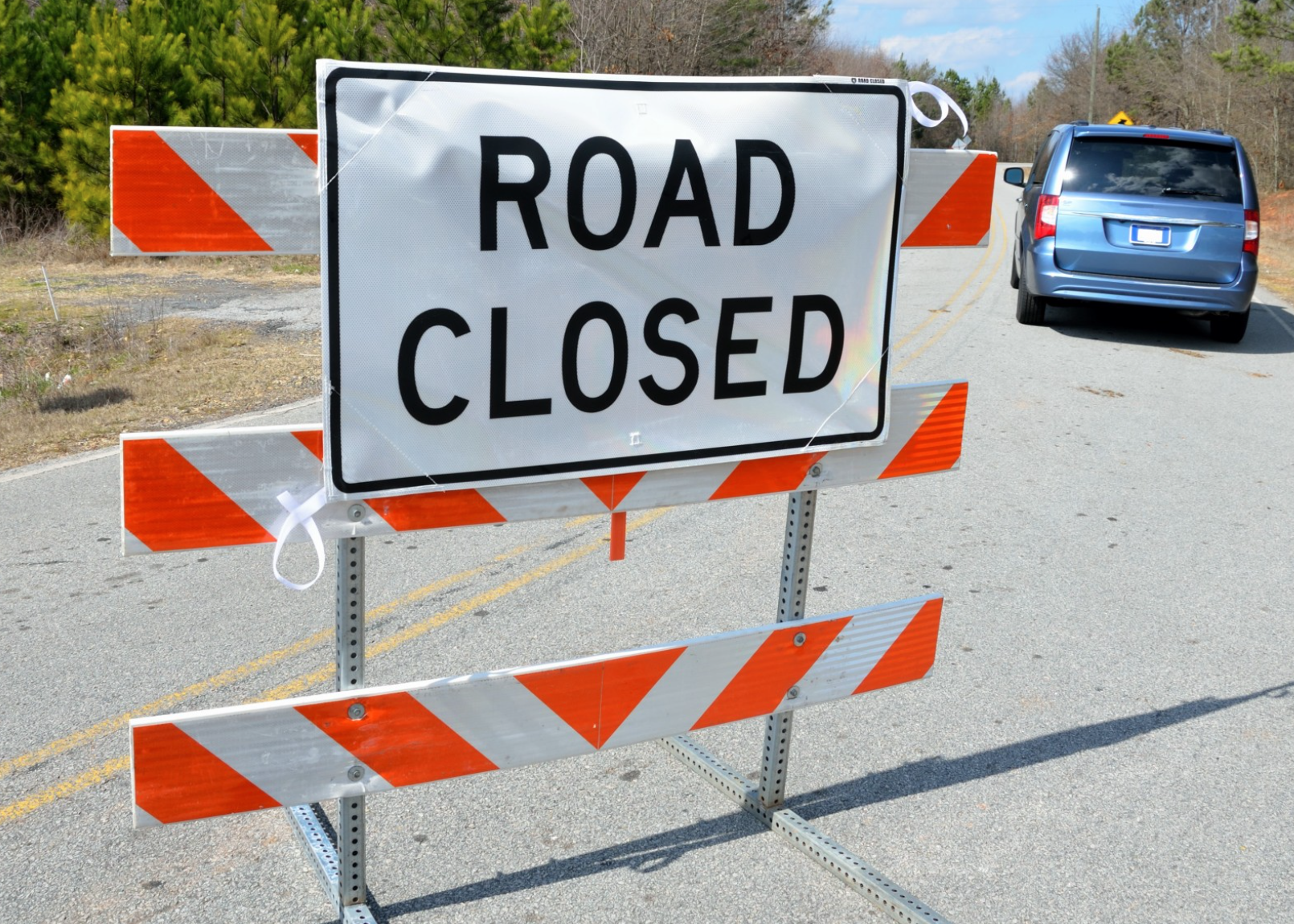 (Image: America 2050)
(Image: America 2050)They may sound like villains in the next Transformers movie, but "megaregions" are a vital aspect of U.S. life these days. The vast majority of the nation lives in one of the 11 inter-city clusters identified by America 2050 in its new analysis of the future of high-speed rail, making megaregions the best potential sites for rail development.
But with $8 billion in economic stimulus money to distribute, and as much as $4 billion in the pipeline for next year, which area should the Obama administration focus on first?
America 2050 seeks to answer that question with an independent system that scores city pairs for their HSR potential based on six criteria: metro area size, distance, connections to local transit, economic productivity, congestion, and proximity to one of the 11 megaregions.
The results, if not surprising, point to a rational process of phasing in HSR construction. City pairs in the northeast corridor spanning from Washington to Boston dominated America 2050's top 10, with the northern-to-southern California route also ranking highly.
But in the effort to rely on empirical data, the group's HSR rankings do not acknowledge two factors that are likely to influence the final decision on which rail corridors to fund.
The first, inevitably and unfortunately, is political clout. Many members of Congress have already started lobbying in favor of their home-state HSR proposals, and state officials are already grappling with how seriously to accommodate local resistance to rail planning.
As Jebediah Reed observed, the monumental challenge of getting HSR right can make one long for "some brutally determined Robert Moses type in national government who
could cut through all the crap." Without such a figure on the scene, however, it's worth looking at which megaregions have the political muscle on the federal, state, and local levels to coax industry players -- not to mention local voters -- into getting behind new rail lines.
On that political front, the midwestern cities that did not make America 2050's top 10 appear to have a leg up. The $8 billion for HSR was added to the stimulus by White House chief of staff Rahm Emanuel, an Illinoisan, on behalf of the president, an Illinoisan. The Transportation Secretary spearheading the current HSR push is Ray LaHood, an Illinoisan, and his Federal Railroad Administration (FRA) chief is Joseph Szabo (yep: an Illinoisan).
The midwestern HSR proposal also has well-positioned advocates in Congress and governors actively promoting the economic potential of an eight-state network. It seems reasonable to suggest that the Great Lakes megaregion, as America 2050 dubbed it, should be ranked in the top 10.
The second factor rarely noted in America 2050's analysis is right of way; namely, the difficulty of negotiating with freight railroads over control of existing tracks and with local governments over sites for future track construction.
Right of way is one of the major obstacles that has prevented Amtrak's Acela trains from reaching their ideal "top speed" of 150 miles per hour on all but a few occasions, and while the northeast corridor is the most heavily traveled passenger rail route in the nation, it is also riddled with potential right of way claims from seven freight railroads and eight local commuter railroads. (Some midwestern HSR advocates, by contrast, have suggested a plan that uses existing rights of way.)
That does not mean, of course, that bringing HSR to the northeast cannot be accomplished by relocating certain tracks and hammering out a deal that transfers rights of way to the new bullet train system. Still, an independent metric for rating right of way difficulties would have made America 2050's rankings even more informative.
Yet on the whole, the group's analysis offers a useful and clear-eyed method to make tough choices between HSR proposals. One hopes the FRA might keep a copy on hand alongside its own far more muddled series of criteria for evaluating rail.





